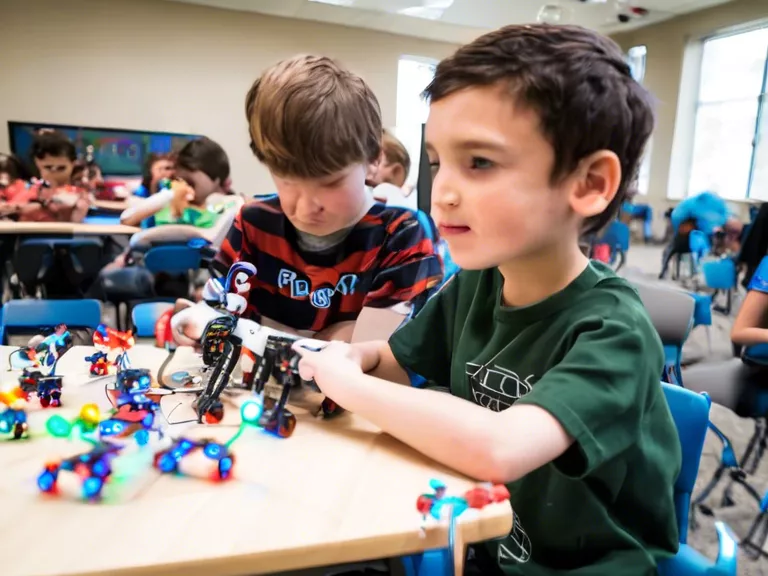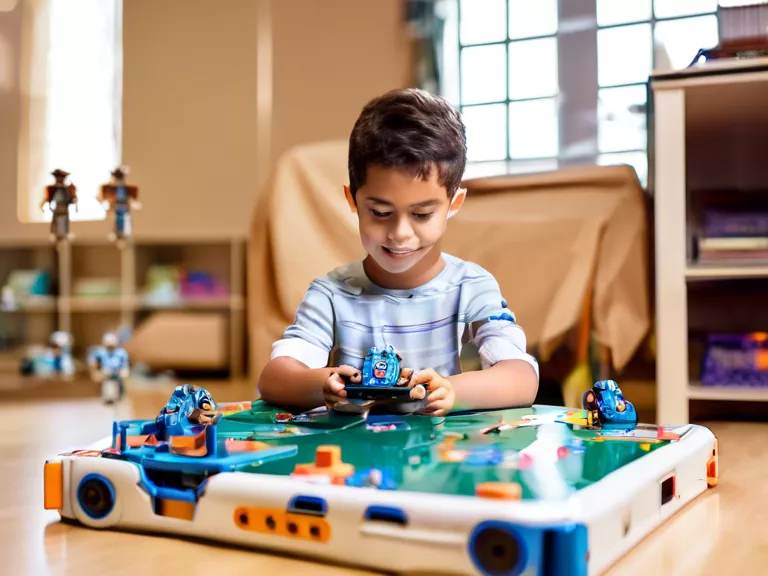
Introduction
In recent years, robots have been increasingly integrated into various aspects of our lives, including education. One exciting application of robots in education is through game-based activities, which make learning fun and engaging for students. This article explores how robots are transforming the educational landscape by incorporating game-based activities to enhance learning experiences.
The Rise of Robots in Education
Robots are becoming more prevalent in educational settings due to their ability to personalize learning, provide instant feedback, and create interactive experiences. By leveraging robotic technology, educators can design engaging activities that cater to different learning styles and preferences.
Benefits of Game-based Learning with Robots
1. Increased Engagement
Game-based activities with robots capture students' attention and keep them motivated to participate actively in the learning process. The element of competition and rewards in games makes learning more enjoyable and encourages students to challenge themselves.
2. Personalized Learning
Robots can adapt their interactions based on students' responses, providing personalized learning experiences. By customizing the difficulty level and content of games, robots can cater to individual learning needs and promote skill development.
3. Hands-on Experience
Through game-based activities with robots, students can gain hands-on experience in programming, problem-solving, and critical thinking. By actively engaging with robots in a gaming environment, students can apply theoretical concepts in practical situations.
Examples of Robot-assisted Game-based Activities
1. Coding Challenges
Robots can be used to teach coding concepts through interactive games where students program the robot to complete specific tasks or navigate through obstacles. This hands-on approach to learning coding enhances students' problem-solving skills and computational thinking.
2. Math Games
Robots can be programmed to facilitate math games that require students to solve equations, practice arithmetic operations, or demonstrate geometric concepts. By integrating robots into math activities, students can visualize abstract mathematical concepts and develop mathematical reasoning skills.
3. Language Learning
Robots equipped with speech recognition technology can engage students in language learning games that focus on vocabulary building, pronunciation, and conversation practice. These interactive language activities with robots make learning a new language more immersive and engaging.
Future Implications
As technology continues to advance, the integration of robots in education will likely expand to encompass a wider range of subjects and learning objectives. Game-based activities with robots have the potential to revolutionize traditional teaching methods and promote interactive, hands-on learning experiences for students of all ages.
Conclusion
Robots in education offer a unique opportunity to make learning fun and engaging through game-based activities. By leveraging the interactive capabilities of robots, educators can create personalized learning experiences that enhance students' skills and knowledge in various subjects. The integration of robots in education represents a significant shift towards innovative and engaging learning environments that cater to the needs of 21st-century learners.



